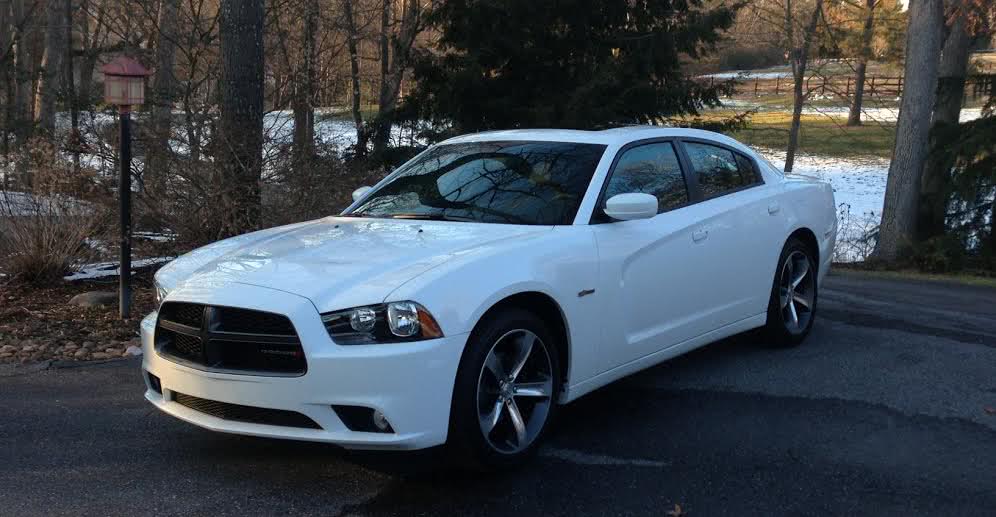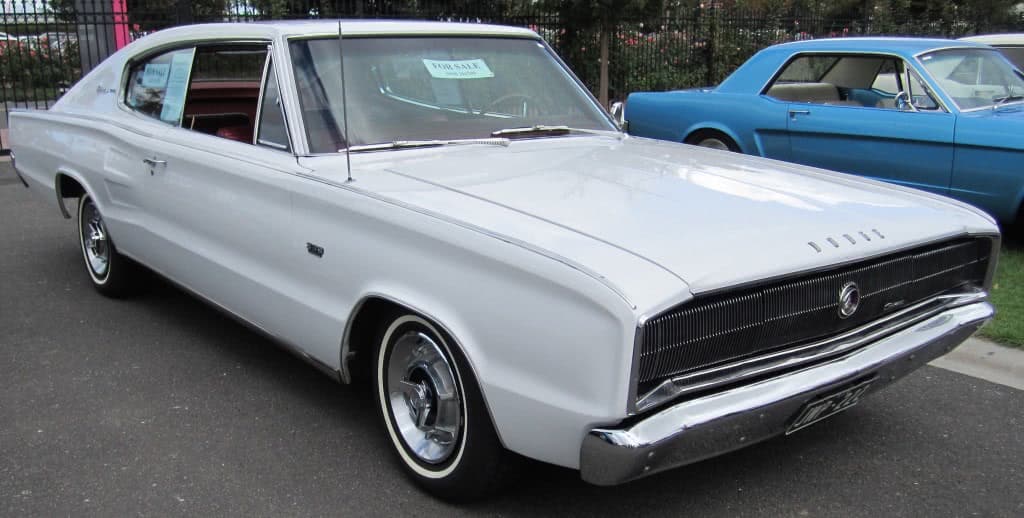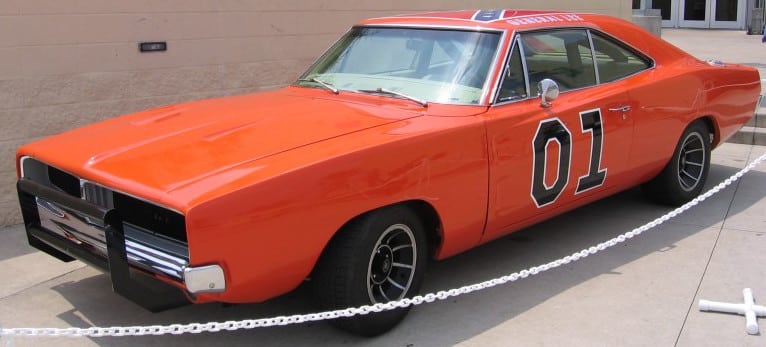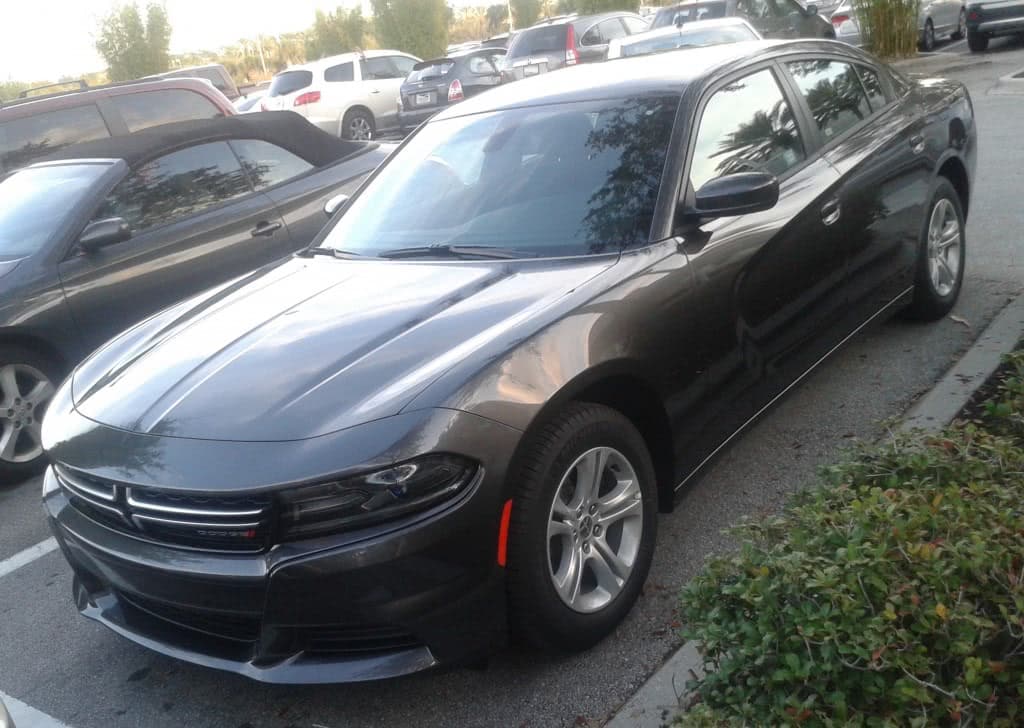Charging Forward: Fifty Years of the Dodge Charger

The Dodge Charger has become one of the more desirable and powerful sedans produced out of the Chrysler Group in the last half century. The first vehicle was shown in 1964 and–although the first generation of the vehicle did not hit production lines until two years later in 1966–the Charger is coming off its fiftieth year since inception. Currently, the vehicle is on its seventh generation as it has gone through several different renovations and improvements throughout the decades.
 The first generation of the vehicle lasted only a year. During the 1960s, many American vehicles saw different body types and alterations in order to keep the general public buying the vehicle (especially when it came to muscle cars). The first Dodge Charger was a two-door fastback with four bucket seats on the interior. However, sales were low with the initial model, which led to the second generation, which lasted from 1968 until 1970. The Dodge Charger had a very familiar faceplate and grill, with a slant like front that was broken up in the middle with a metal barrier. The second and third generations maintained this look, for the most part. With the second generation Dodge Charger, it included the same power train as the first, but it did feature hidden headlights that would fold up in the front of the vehicle. For this, the first and the third generations, Chrysler built it on the Chrysler B platform, which Chrysler used for rear-wheel drive cars. The Charger’s popularity this time was helped by the use of a ’69 Charger as the iconic “General Lee”, the car used in the popular TV show Dukes of Hazzard.
The first generation of the vehicle lasted only a year. During the 1960s, many American vehicles saw different body types and alterations in order to keep the general public buying the vehicle (especially when it came to muscle cars). The first Dodge Charger was a two-door fastback with four bucket seats on the interior. However, sales were low with the initial model, which led to the second generation, which lasted from 1968 until 1970. The Dodge Charger had a very familiar faceplate and grill, with a slant like front that was broken up in the middle with a metal barrier. The second and third generations maintained this look, for the most part. With the second generation Dodge Charger, it included the same power train as the first, but it did feature hidden headlights that would fold up in the front of the vehicle. For this, the first and the third generations, Chrysler built it on the Chrysler B platform, which Chrysler used for rear-wheel drive cars. The Charger’s popularity this time was helped by the use of a ’69 Charger as the iconic “General Lee”, the car used in the popular TV show Dukes of Hazzard. The third generation of the Dodge Charger lasted from 1971 until 1974 and came with six different trim and package options. It still featured the split grill, although this option did not have the hidden headlights in the front. Sales for this edition were the highest of any of the models at the time, although it most likely was due to Dodge stopping production on the Dodge Coronet, which made the Charger the only medium sized body style in the Dodge lineup. The fourth generation abandoned the split grill look and gave the vehicle a larger face. However, it used two lights on each side of the middle grill, which the third generation introduced. Dodge attempted to sell this vehicle as a luxury sedan from 1975 until 1977, but decided to take the vehicle in a different direction for the fifth generation.
The third generation of the Dodge Charger lasted from 1971 until 1974 and came with six different trim and package options. It still featured the split grill, although this option did not have the hidden headlights in the front. Sales for this edition were the highest of any of the models at the time, although it most likely was due to Dodge stopping production on the Dodge Coronet, which made the Charger the only medium sized body style in the Dodge lineup. The fourth generation abandoned the split grill look and gave the vehicle a larger face. However, it used two lights on each side of the middle grill, which the third generation introduced. Dodge attempted to sell this vehicle as a luxury sedan from 1975 until 1977, but decided to take the vehicle in a different direction for the fifth generation.
 Dodge stopped production for five years and then released the fifth generation in 1982 as a subcompact hatchback with–for the first time–front-wheel drive. There was even a Shelby edition of the Dodge Charger, although fans of the previous versions did not like this one as much due to the undersized and underpowered engines. Dodge stopped production again in 1987.
Dodge stopped production for five years and then released the fifth generation in 1982 as a subcompact hatchback with–for the first time–front-wheel drive. There was even a Shelby edition of the Dodge Charger, although fans of the previous versions did not like this one as much due to the undersized and underpowered engines. Dodge stopped production again in 1987.
The sixth generation came out in 2006 and took on a bit more of the original form as a larger, more powerful sedan. There were a few different trim models with several coming with a Hemi V8 and this lasted until 2010. The current generation, released in 2011, shares many of the same body stiles as the sixth offering, although it features more similar designs with the fourth generation as a powerful sedan.





